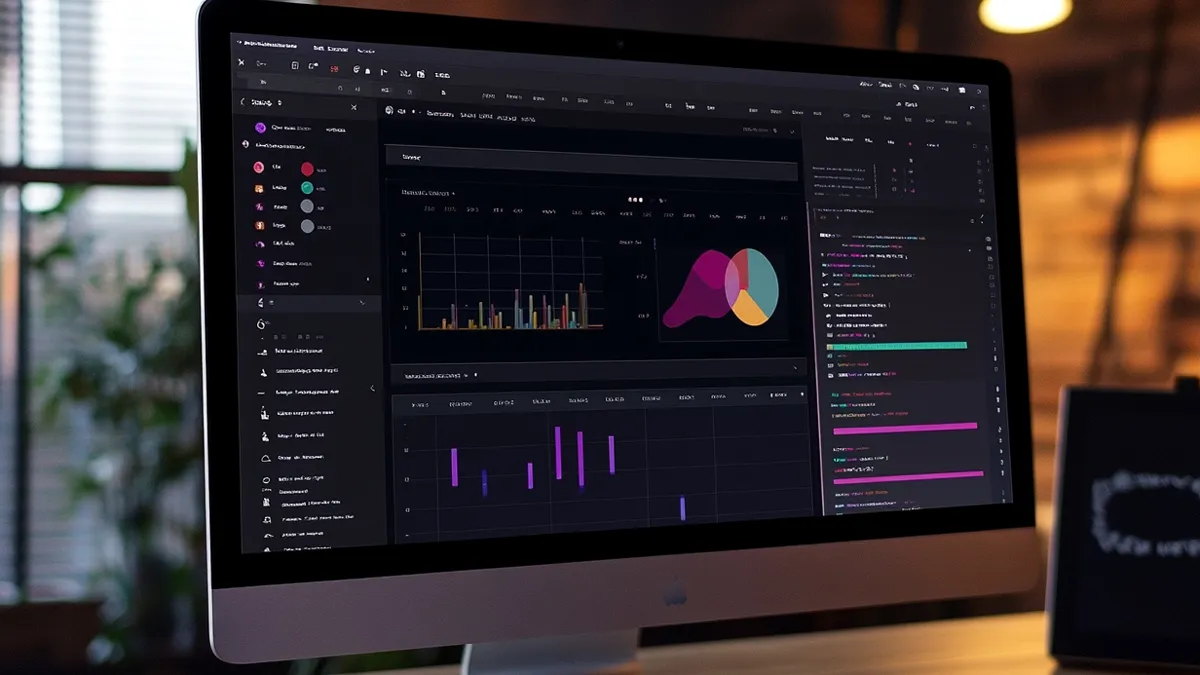Did you know that 53% of all website traffic comes from organic search? This stat from BrightEdge underlines the importance of SEO in driving visitors to your website. If you’re building a site on Webflow, optimizing your content for search engines is key to staying competitive. In this post, we’ll dive into what SEO-friendly content looks like on Webflow, explore best practices, and offer insights from tools like SEMrush, Ahrefs, Screaming Frog, and Jasper AI.
Why SEO-Friendly Content Matters on Webflow
SEO-friendly content is the backbone of any successful website because it helps search engines like Google understand, index, and rank your pages. Whether you’re targeting local search or aiming for global traffic, well-optimized content drives visitors to your site and enhances visibility. On Webflow, you have the freedom to craft visually stunning sites, but without SEO, your beautiful designs may never get the traffic they deserve. SEO-friendly content ensures your site not only looks good but also performs well in search engine results.
Key Factors for SEO-Friendly Content on Webflow
Creating SEO-optimized content isn’t just about stuffing keywords into paragraphs. It’s a multi-faceted approach that includes several critical factors:
- Keyword Research: According to SEMrush, long-tail keywords drive more targeted traffic because they cater to specific user intents. Use tools like Ahrefs to identify high-volume, low-competition keywords to strategically place within your content.
- Content Structure: Ensure that your content is well-organized with headers (H1, H2, H3) and that paragraphs are easy to scan. Ahrefs has shown that structured content with proper headings can increase page ranking by 10-15%.
- Backlinks: Quality backlinks from high-authority websites signal to Google that your content is trustworthy. According to SEMrush, websites with a good backlink profile have a 91% better chance of ranking.
- User Experience: Screaming Frog notes that poor UX is one of the top reasons users leave a site, which can hurt your ranking. Webflow’s responsive design and customizable user interface can help ensure your content is visually appealing and user-friendly.
Tools and Techniques for Webflow Content Optimization
Optimizing content for Webflow doesn’t have to be complicated, thanks to the array of tools available:
- Jasper AI: Perfect for generating SEO-friendly content that flows naturally. You can create blog posts or web copy by feeding Jasper AI keywords or ideas, and it will churn out readable, optimized content in minutes.
- Webflow SEO Settings: Don’t overlook Webflow’s built-in SEO tools. Make sure to edit meta titles and descriptions, alt text for images, and schema markup, all of which are accessible directly in the designer.
- Google Analytics & Search Console: Set up both tools to monitor organic performance. Analytics will help track your site's traffic, while Search Console gives insight into how your pages are ranking and where you can improve.
- Screaming Frog: Use this tool to perform a technical SEO audit, ensuring your content isn’t bogged down by duplicate pages, broken links, or missing meta tags.
Common Mistakes to Avoid
It’s easy to get excited about content creation and miss key SEO elements. Here are some common mistakes and how to avoid them:
- Ignoring Keyword Research: Using vague or highly competitive keywords can be detrimental. To avoid this, focus on long-tail keywords relevant to your niche.
- Neglecting Mobile Optimization: With Google’s mobile-first indexing, failing to optimize content for mobile users can severely hurt your rankings. Ensure that your Webflow site is mobile-friendly and responsive.
- Over-Optimizing: Keyword stuffing or overuse of headings can make your content appear spammy to search engines. Focus on natural language and flow instead.
- Skipping Alt Text for Images: Images without alt text not only hinder accessibility but also reduce your chances of ranking in Google Image Search.
How It Impacts SEO
SEO-friendly content can drastically affect how your site performs in search engines. Optimized content improves your visibility, which leads to more traffic, higher engagement, and, ultimately, better conversion rates. For example, a case study by Ahrefs showed that pages optimized with SEO best practices saw an increase in organic traffic by 200% within six months. Consistently publishing well-optimized content keeps your site relevant and competitive.
Conclusion
Creating SEO-friendly content on Webflow isn’t just about filling your pages with keywords—it’s about delivering valuable, structured, and optimized information that search engines and users will love. By leveraging tools like SEMrush, Ahrefs, Jasper AI, and Webflow’s own SEO features, you can create content that not only ranks but also drives meaningful traffic to your site.


